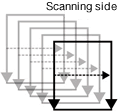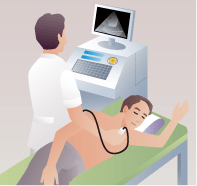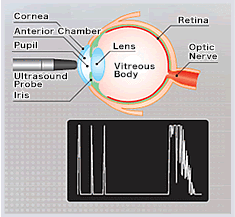
Ultrasound Probe
NDK has a wide range of probe portfolio for many applications.
The certification of "ISO13485:2016"
that is International Standard of the quality management system
in medical devices acquired, and we will deliver secure,
safe and high-quality product for medical devices.










































